Aging Population
The demographic shift towards an aging population is a significant driver of the Radiation Oncology Market. As individuals age, the risk of developing cancer increases, leading to a higher demand for radiation therapy among older adults. According to the United Nations, the number of people aged 60 years and older is projected to double by 2050, reaching over 2 billion. This demographic trend is likely to result in a substantial increase in cancer cases, thereby necessitating enhanced radiation oncology services. Healthcare providers are responding to this trend by expanding their radiation therapy capabilities and investing in specialized training for practitioners. The aging population not only drives demand for radiation oncology but also encourages the development of tailored treatment approaches that consider the unique needs of older patients.
Technological Innovations
Technological advancements play a crucial role in shaping the Radiation Oncology Market. Innovations such as intensity-modulated radiation therapy (IMRT), image-guided radiation therapy (IGRT), and robotic-assisted radiation delivery systems are revolutionizing treatment protocols. These technologies enhance the precision of radiation delivery, minimizing damage to surrounding healthy tissues and improving patient outcomes. The market is witnessing a shift towards more sophisticated treatment options, with The Radiation Oncology expected to reach approximately USD 8 billion by 2025. Furthermore, the integration of artificial intelligence and machine learning in treatment planning and patient management is anticipated to streamline processes and enhance the overall efficiency of radiation oncology services. As these technologies continue to evolve, they are likely to drive further growth in the Radiation Oncology Market.
Rising Incidence of Cancer
The increasing prevalence of cancer worldwide is a primary driver of the Radiation Oncology Market. According to the World Health Organization, cancer cases are projected to rise by 70 percent over the next two decades. This alarming trend necessitates the expansion of radiation oncology services to meet the growing demand for effective treatment options. As more patients seek radiation therapy, healthcare providers are investing in advanced technologies and treatment modalities. The Radiation Oncology Market is thus experiencing a surge in demand for innovative solutions, including stereotactic body radiation therapy and proton therapy, which are becoming increasingly popular due to their precision and reduced side effects. This rising incidence of cancer not only drives market growth but also encourages research and development in radiation oncology, leading to improved patient outcomes.
Regulatory Support and Funding
Regulatory support and increased funding for cancer research and treatment are pivotal in driving the Radiation Oncology Market. Governments and health organizations are recognizing the critical need for effective cancer therapies and are allocating resources to support research initiatives. This funding is often directed towards the development of new radiation technologies and treatment protocols, fostering innovation within the industry. For instance, the National Cancer Institute has significantly increased its budget for cancer research, which includes advancements in radiation oncology. Additionally, favorable regulatory policies are being implemented to expedite the approval of new radiation therapies, further stimulating market growth. As a result, the Radiation Oncology Market is likely to benefit from enhanced research capabilities and the introduction of novel treatment options that improve patient care.
Growing Awareness and Screening Programs
Increased awareness about cancer and the importance of early detection is significantly influencing the Radiation Oncology Market. Public health initiatives and screening programs are being implemented to educate populations about cancer risks and the benefits of early diagnosis. This heightened awareness leads to earlier treatment interventions, which often include radiation therapy. As a result, more patients are being referred for radiation oncology services, contributing to market growth. The American Cancer Society reports that early-stage cancers have a higher survival rate, which further emphasizes the need for effective treatment options. Consequently, the demand for radiation oncology services is expected to rise, as healthcare systems adapt to accommodate the influx of patients seeking timely and effective cancer treatments.


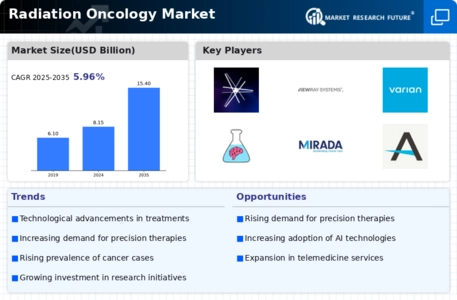
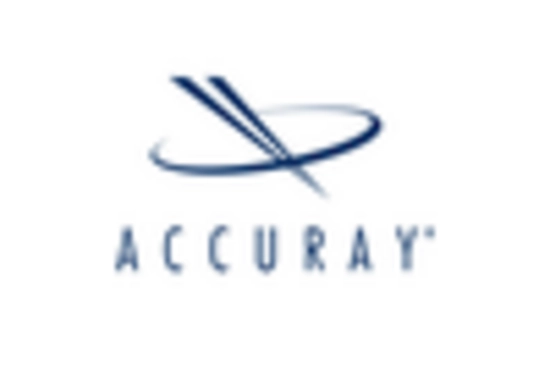
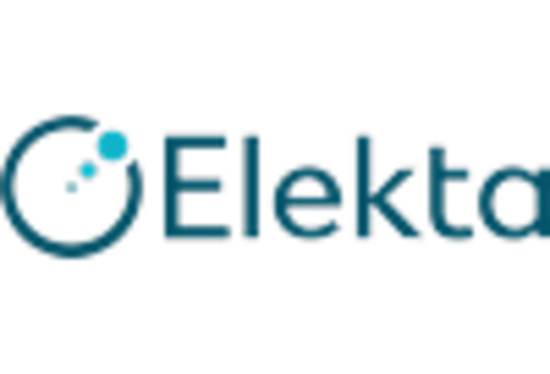

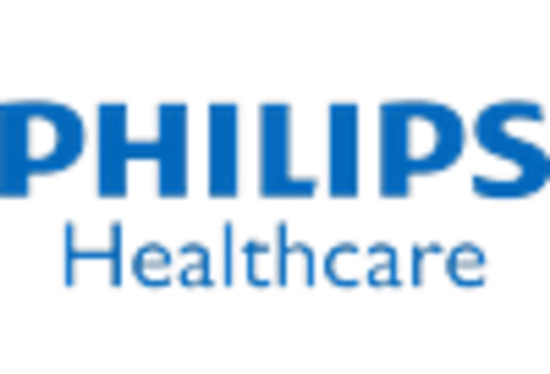

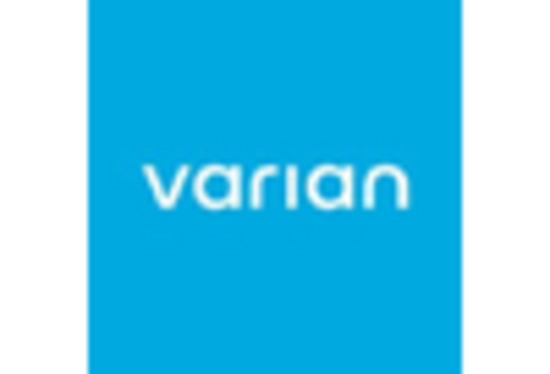








Leave a Comment